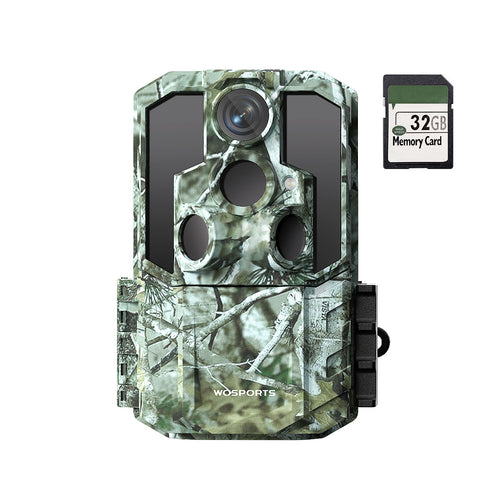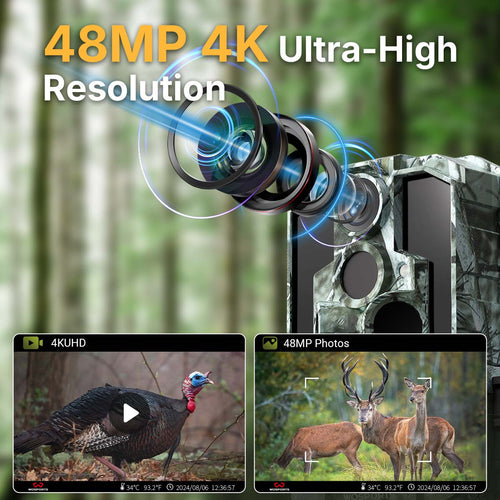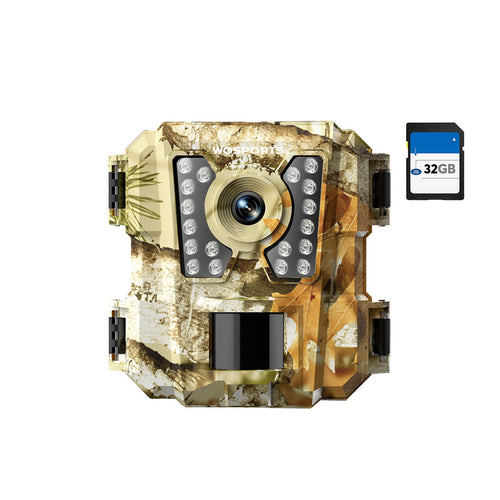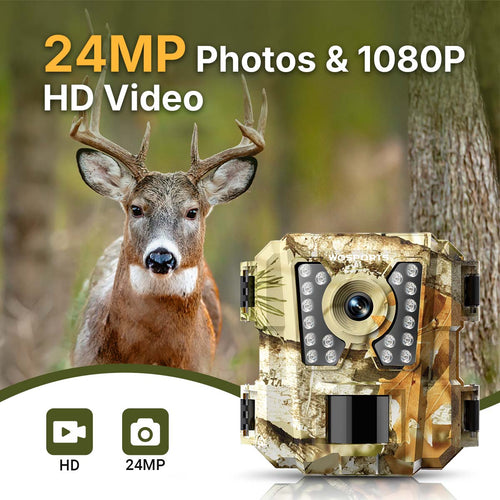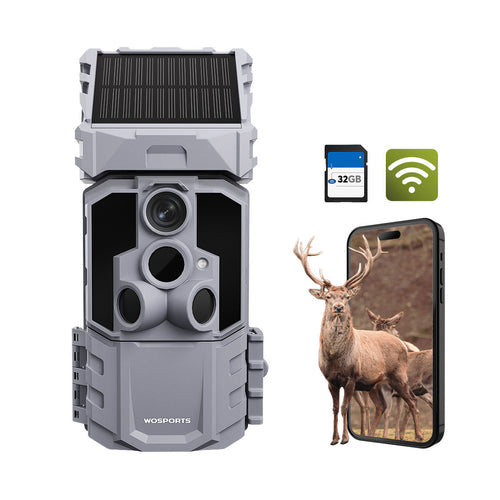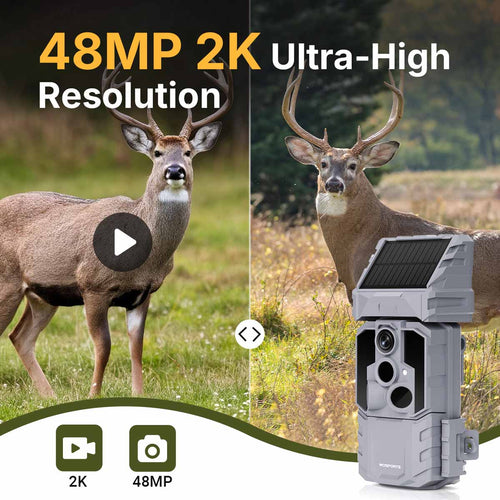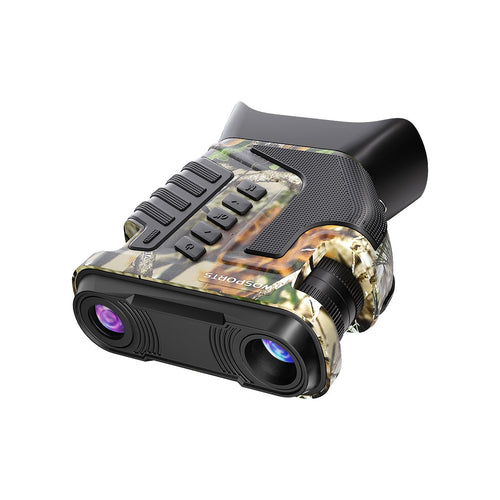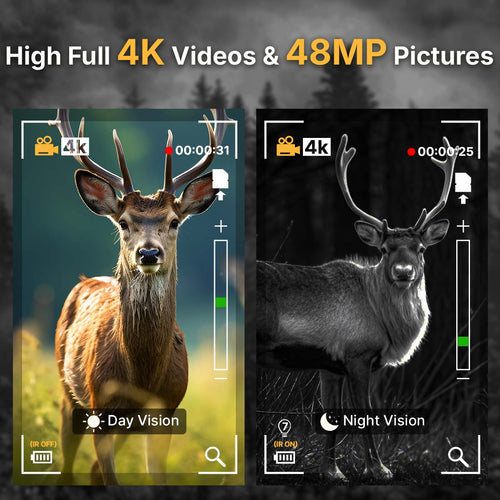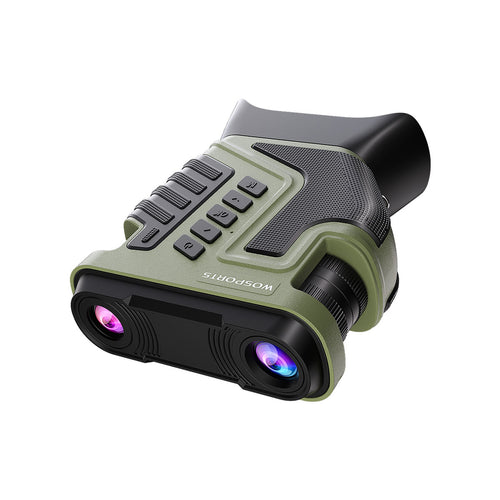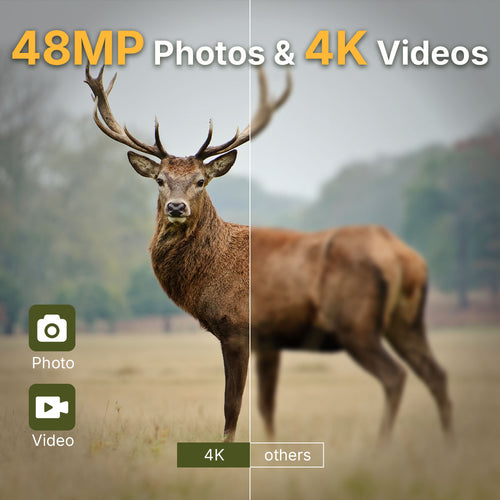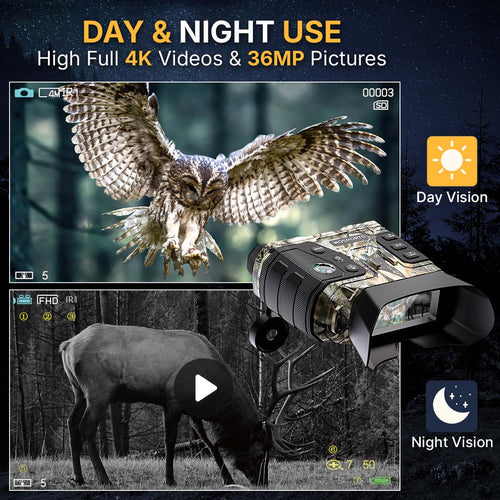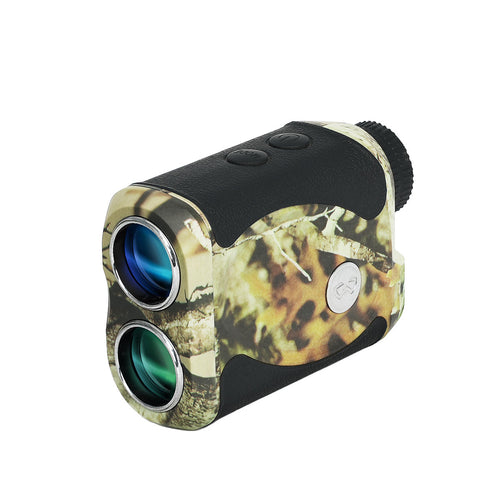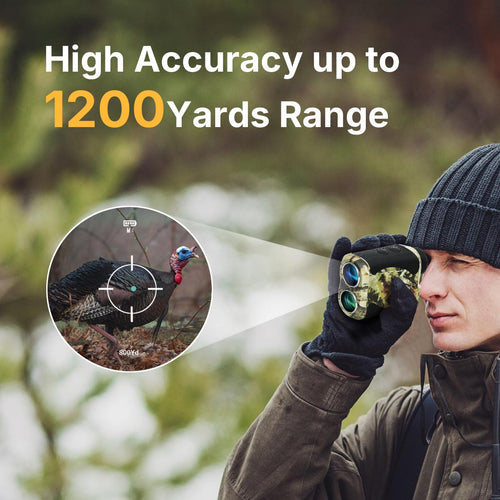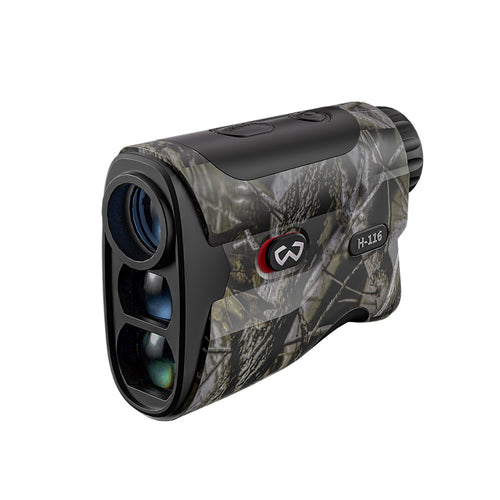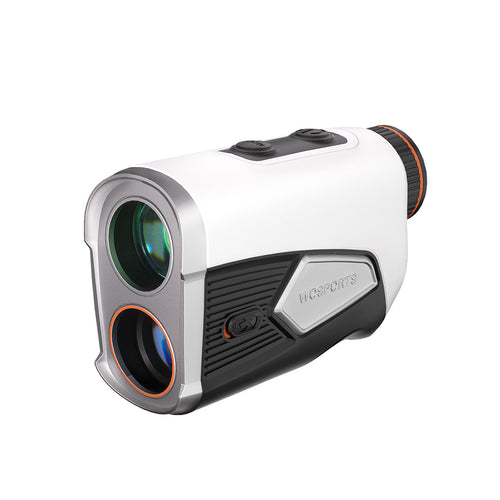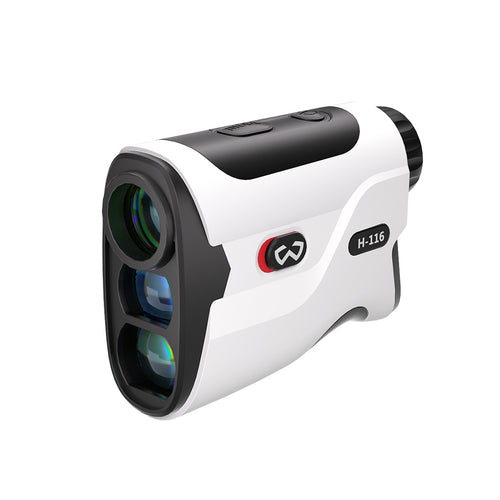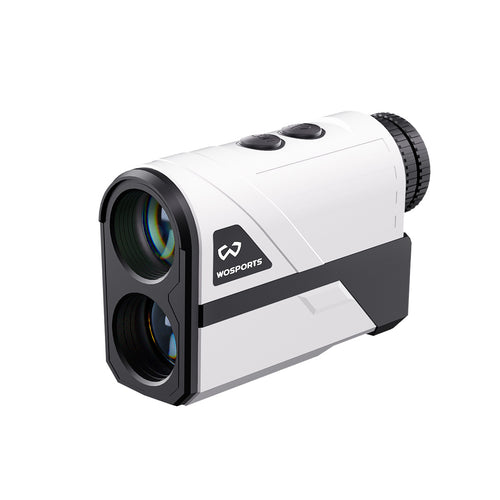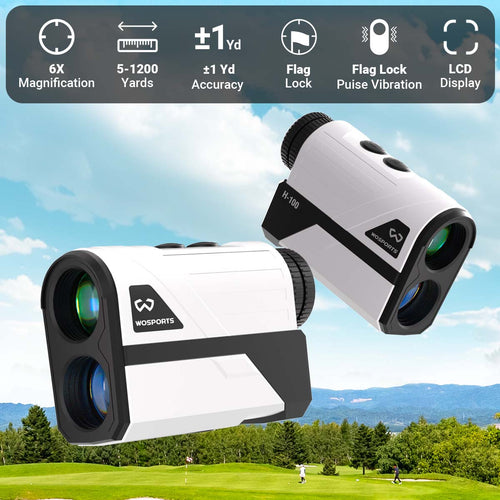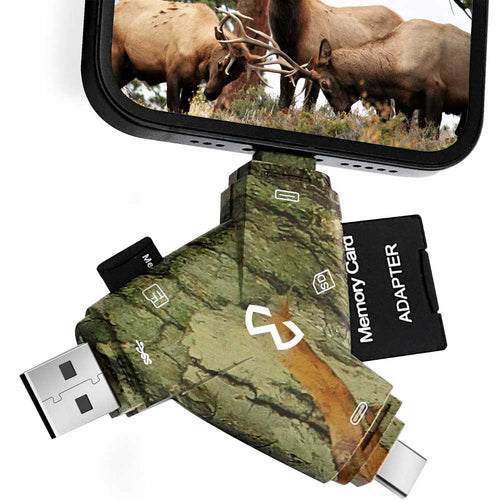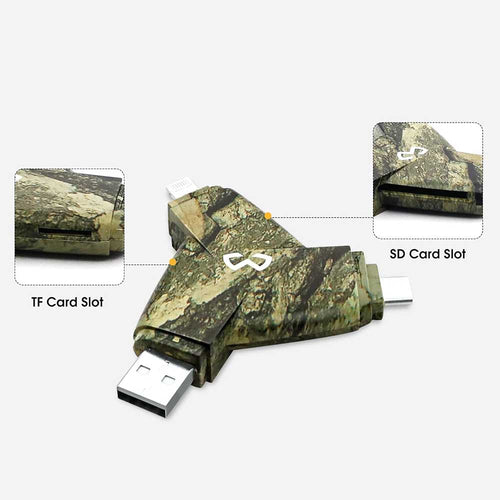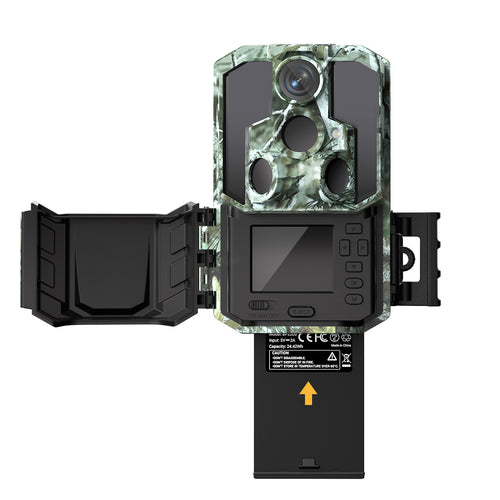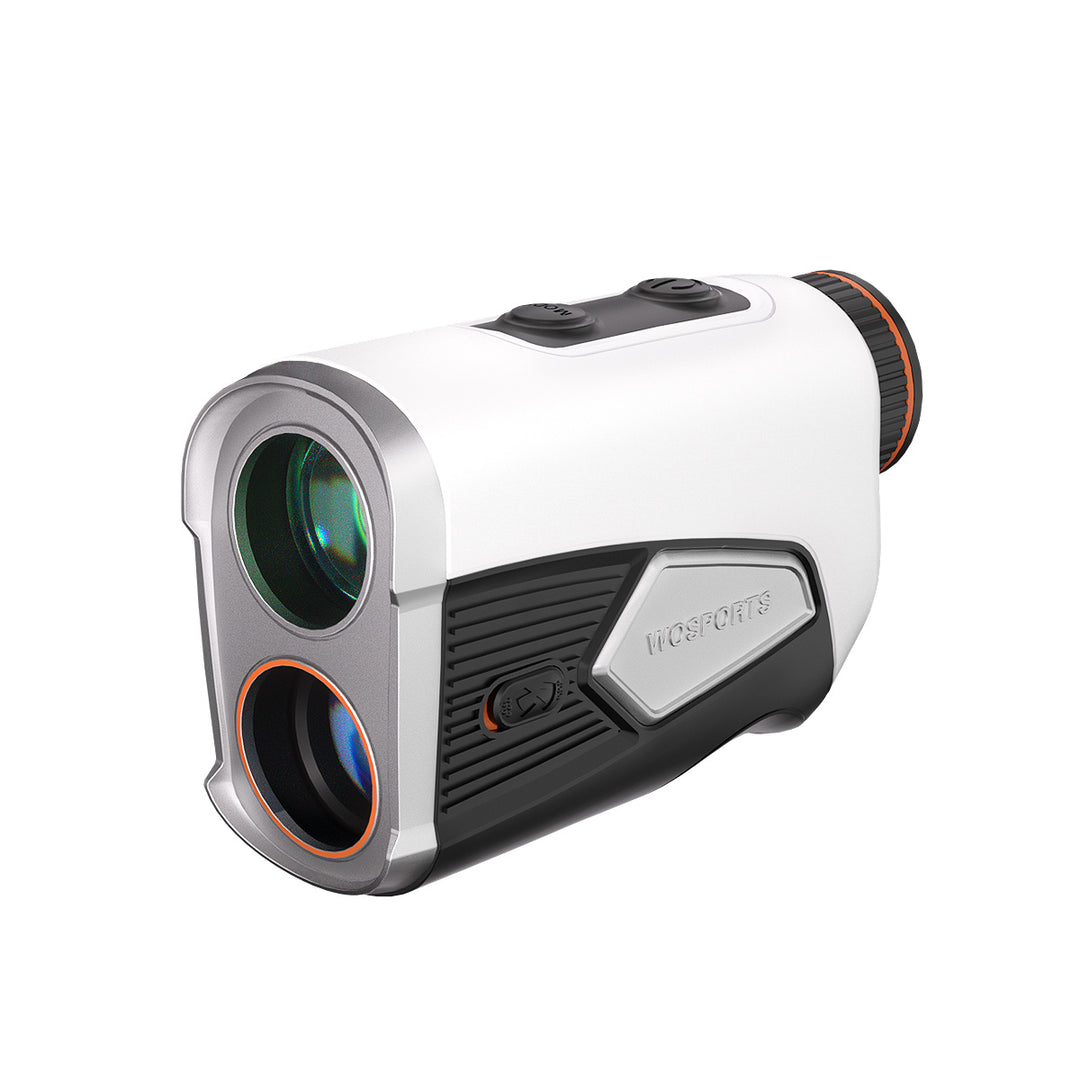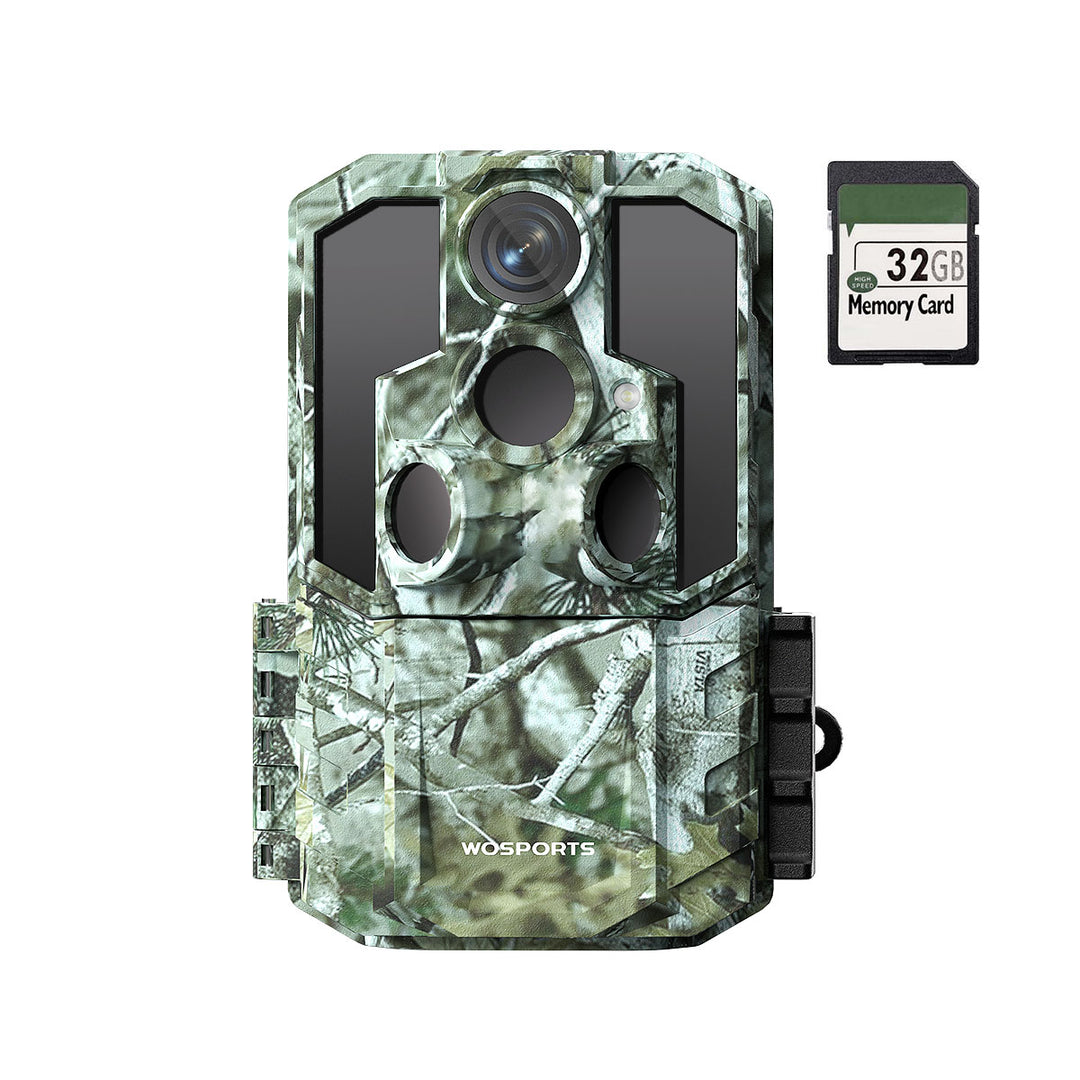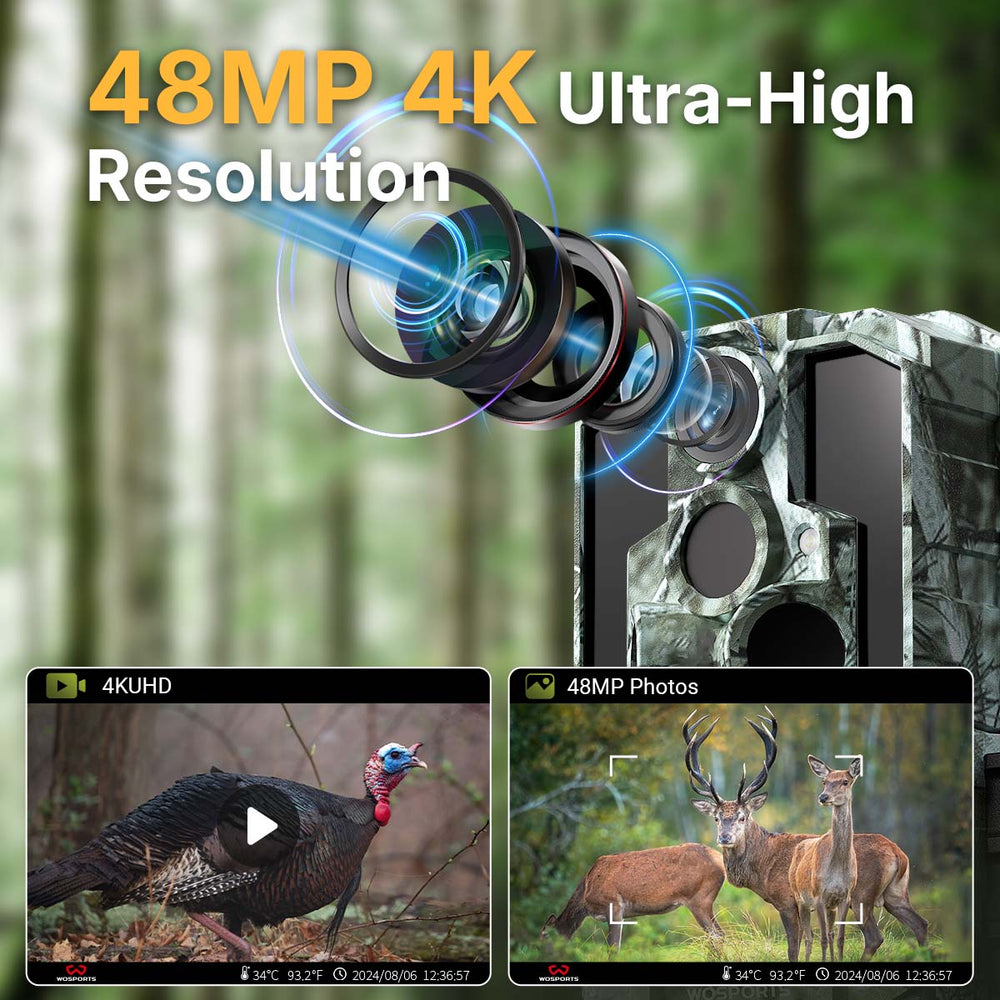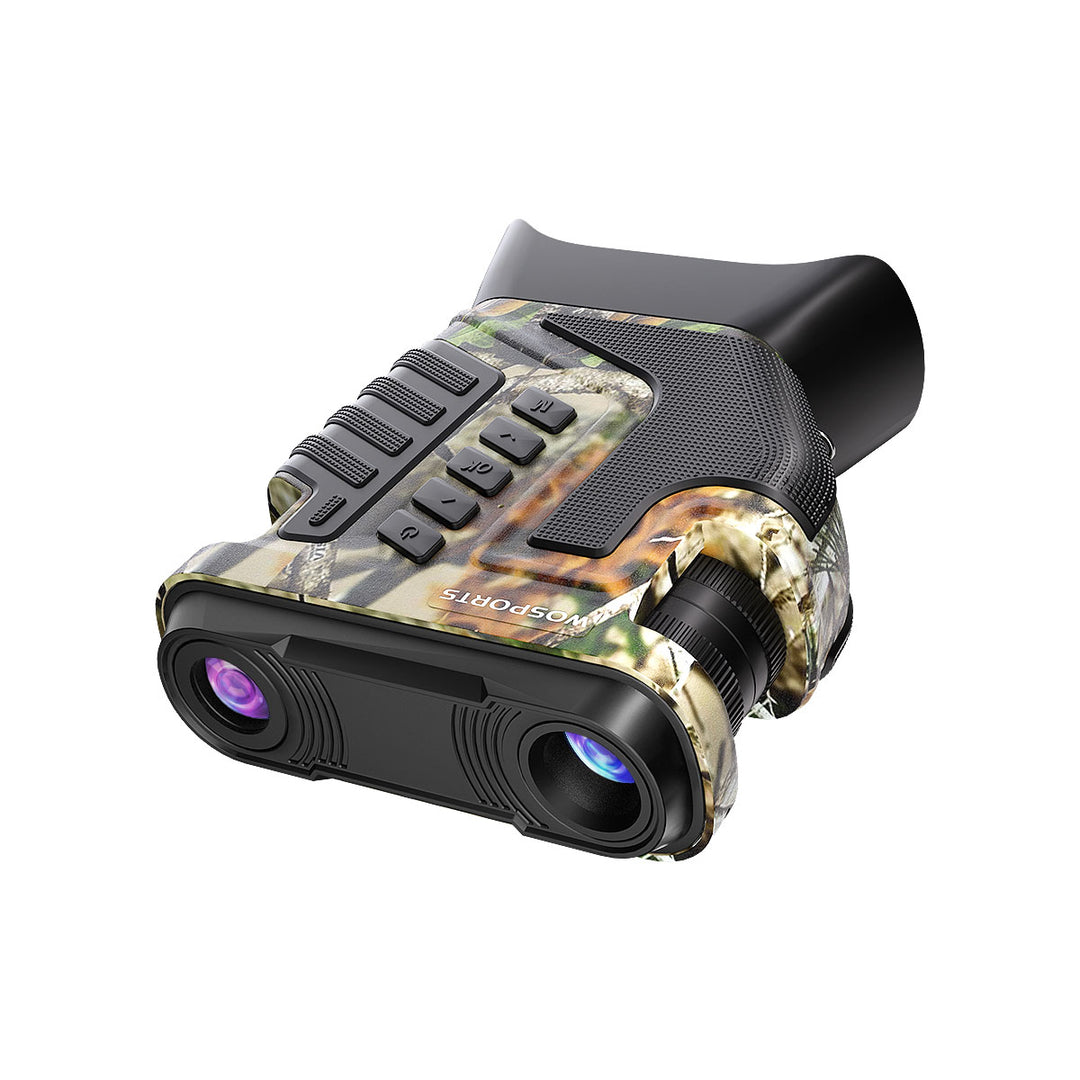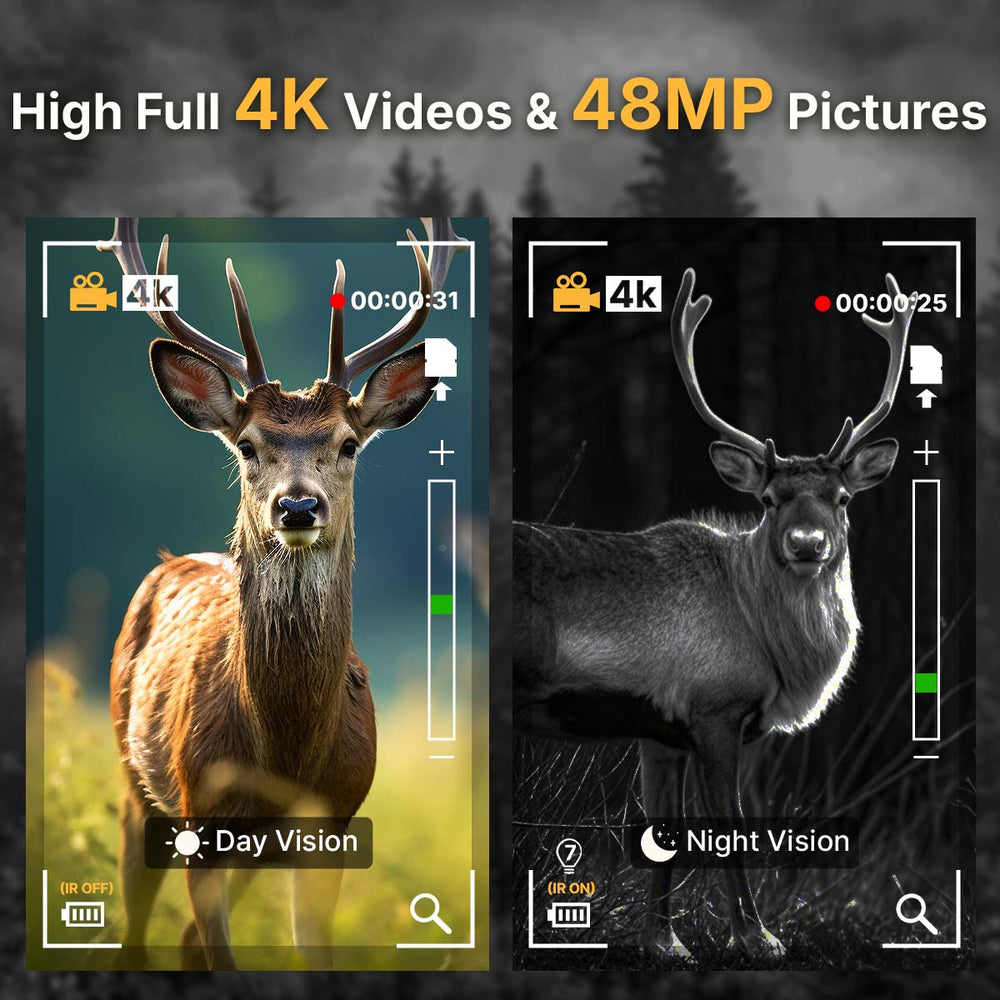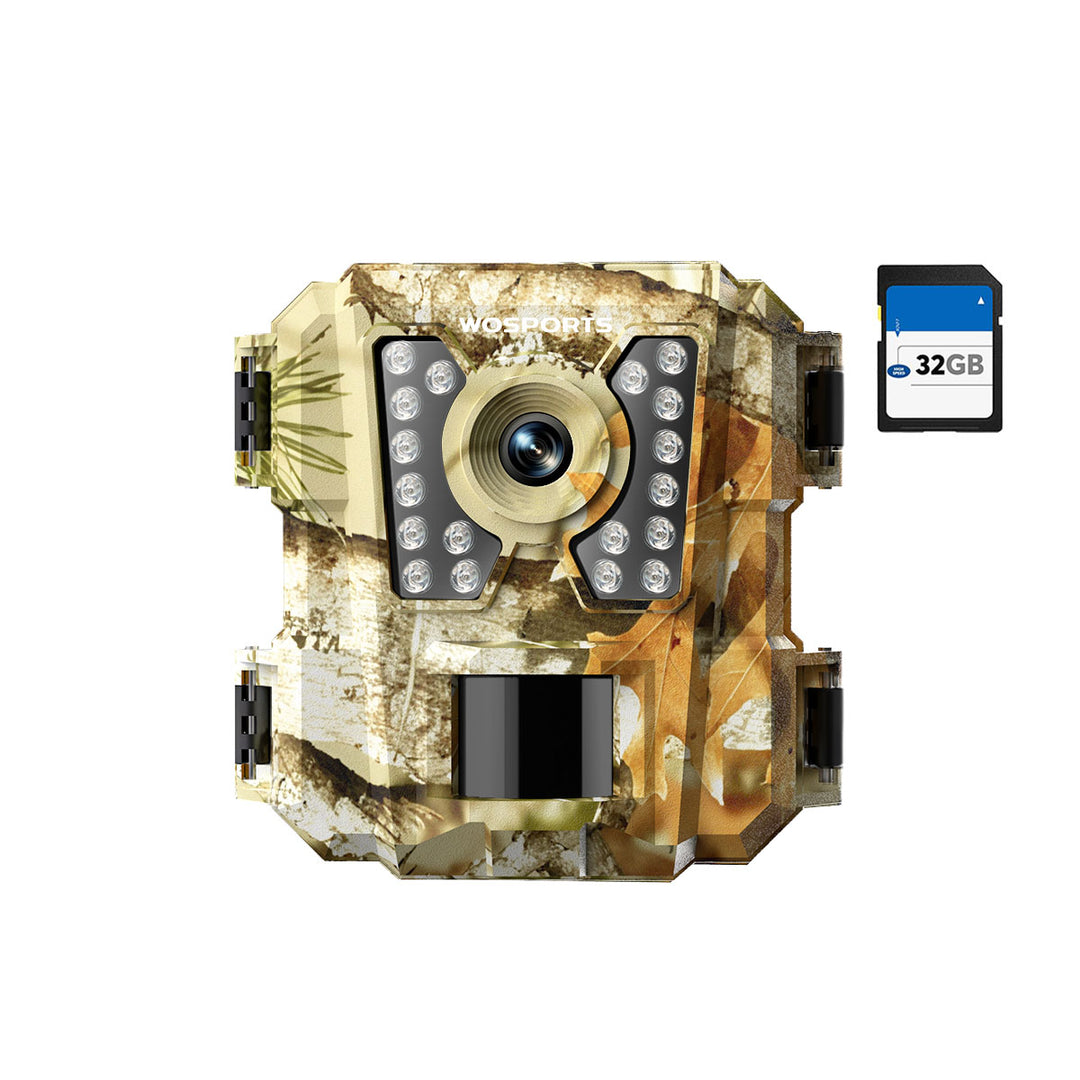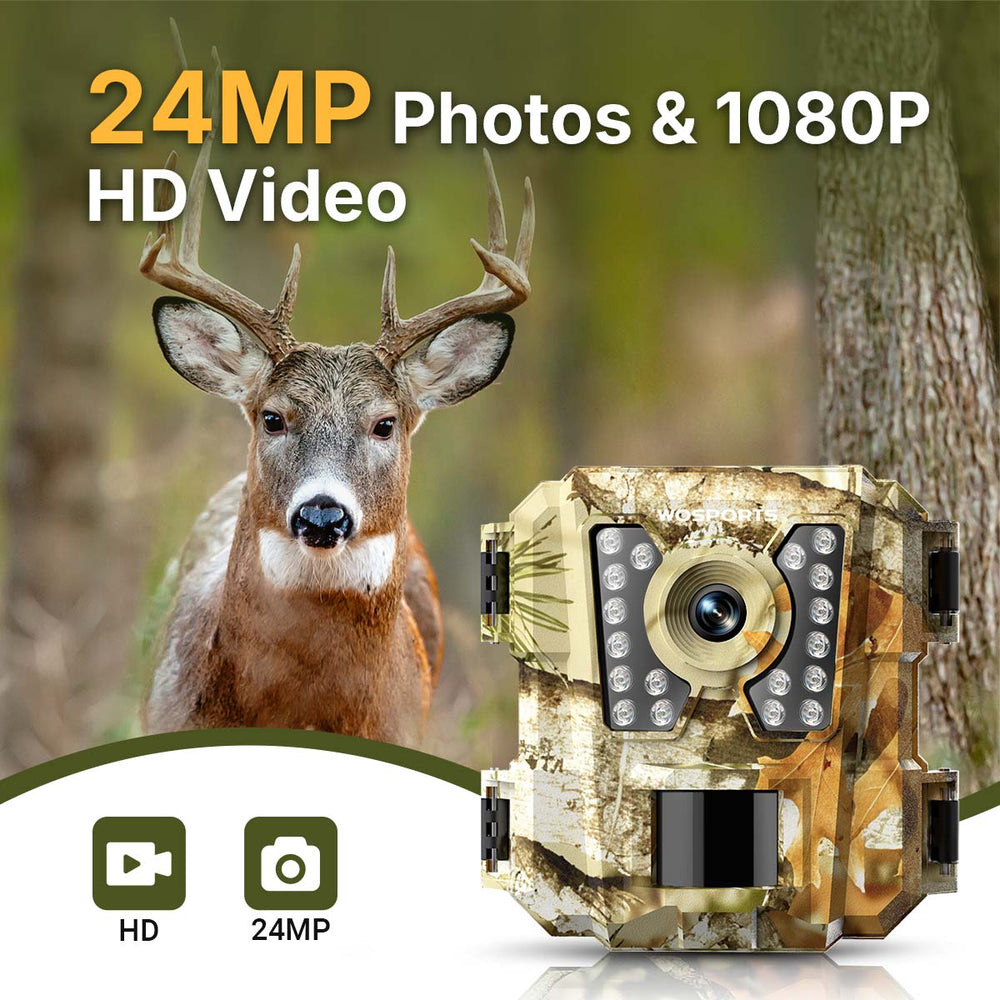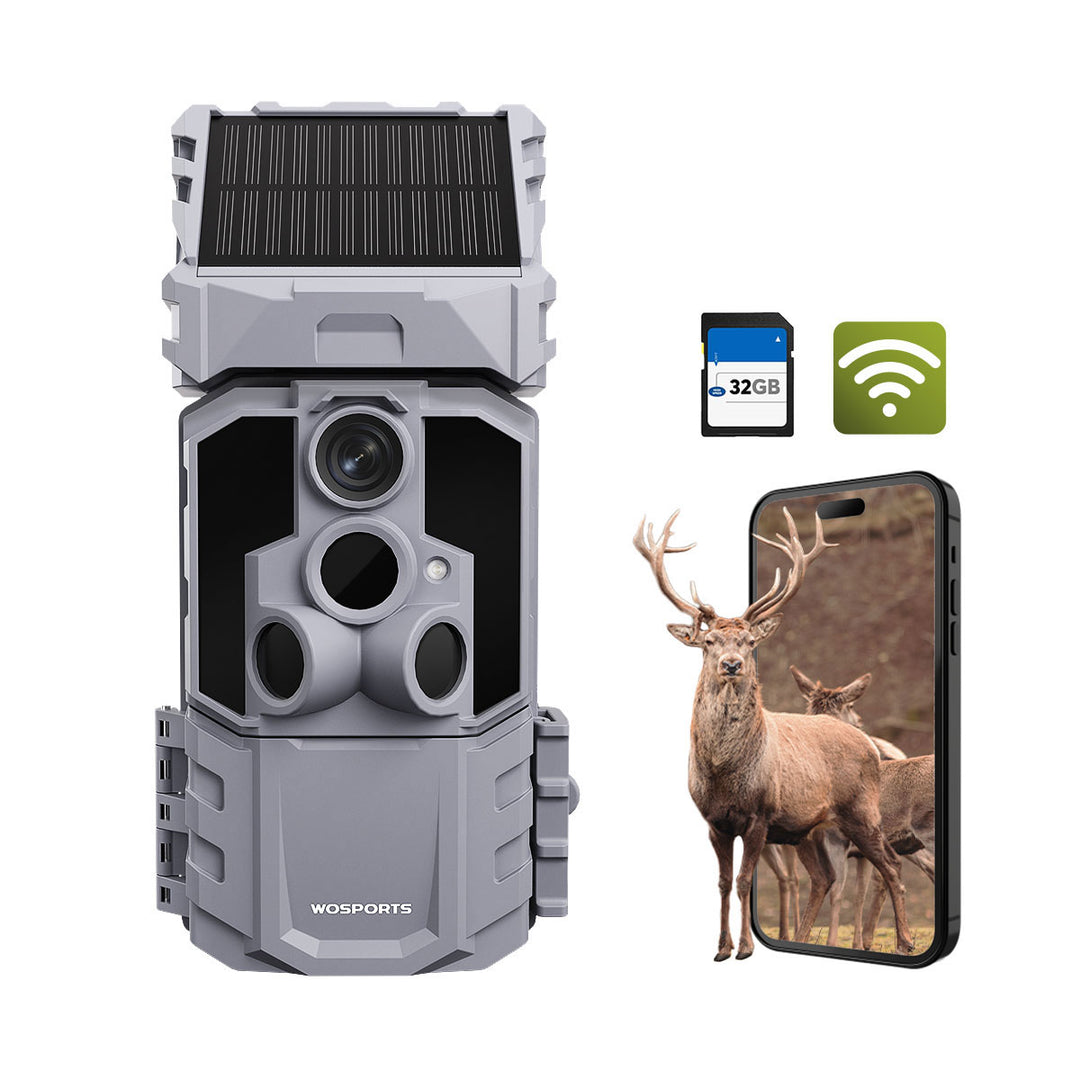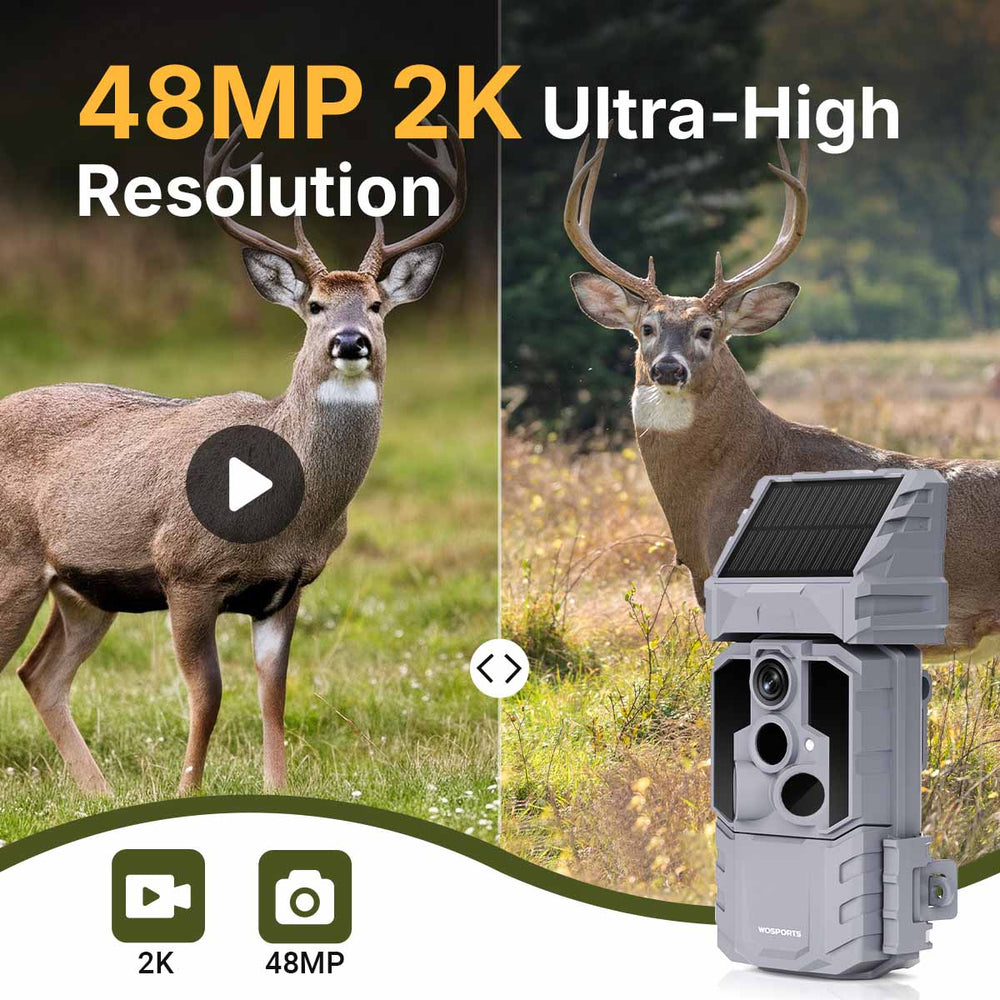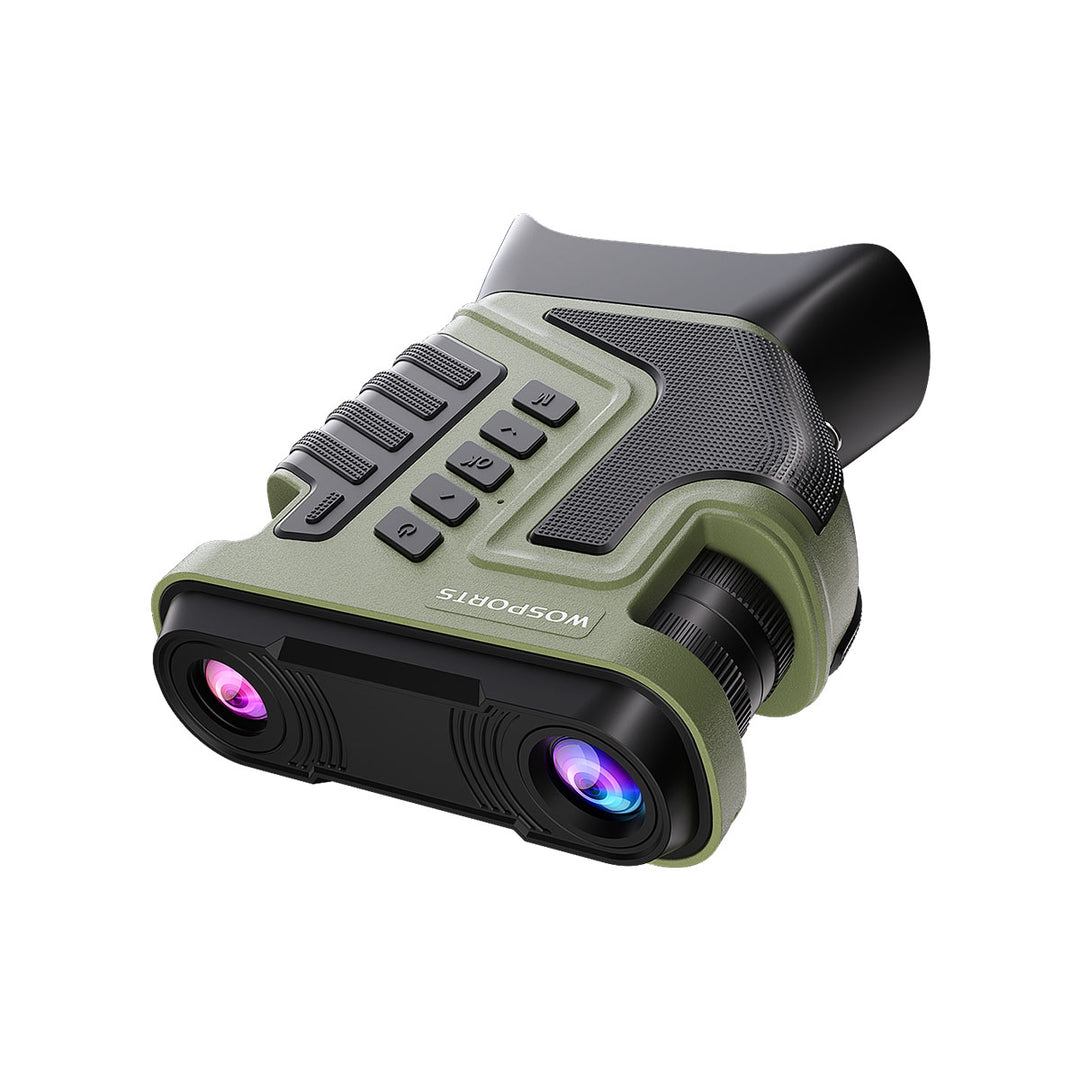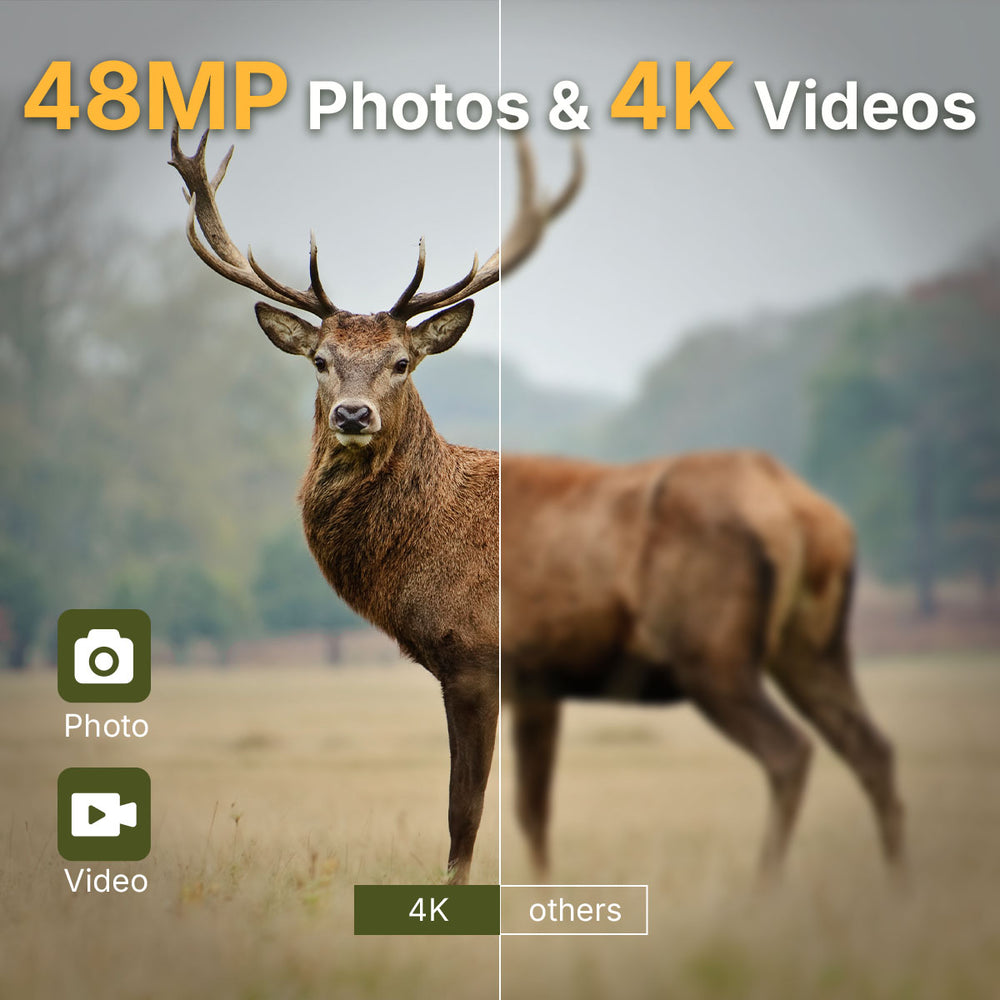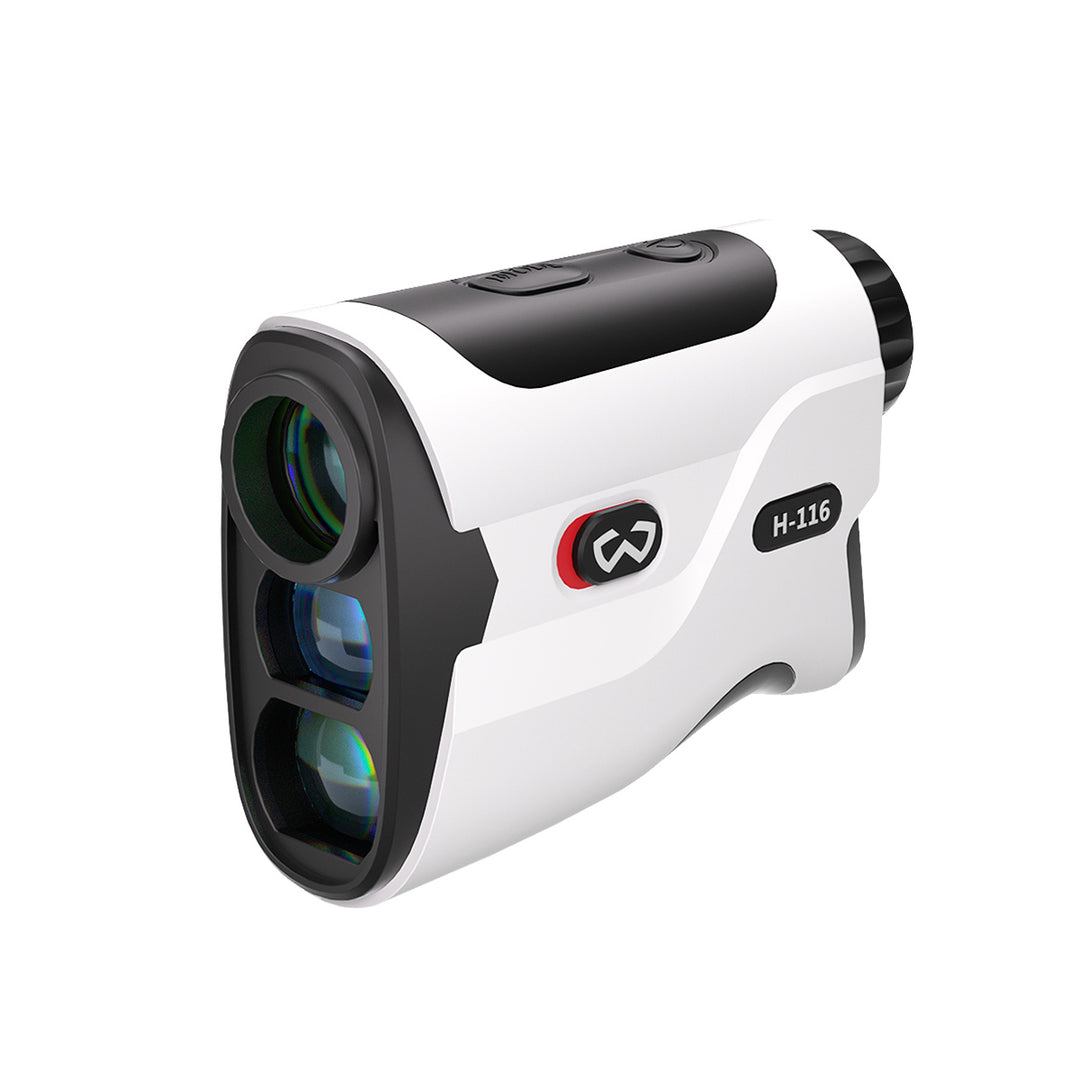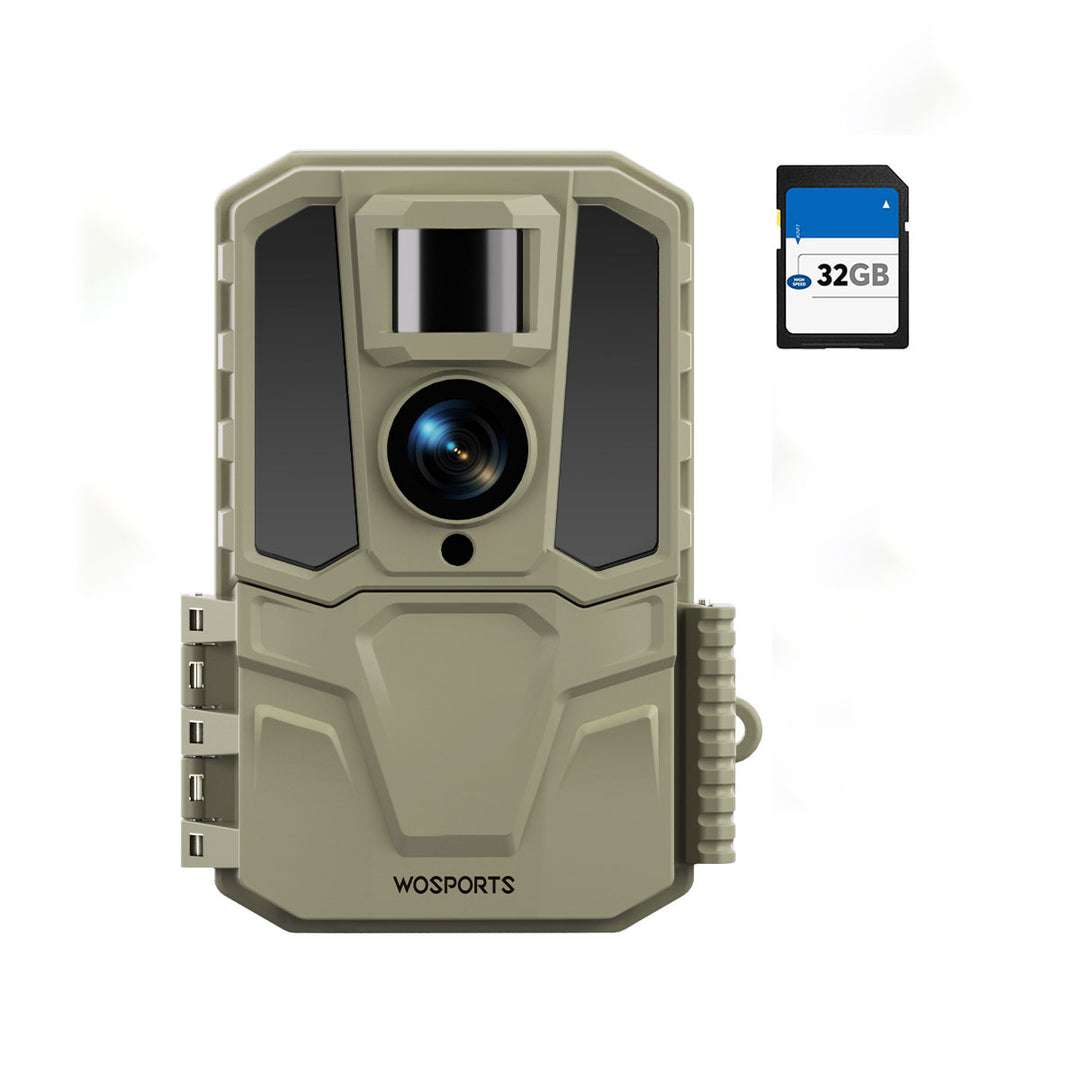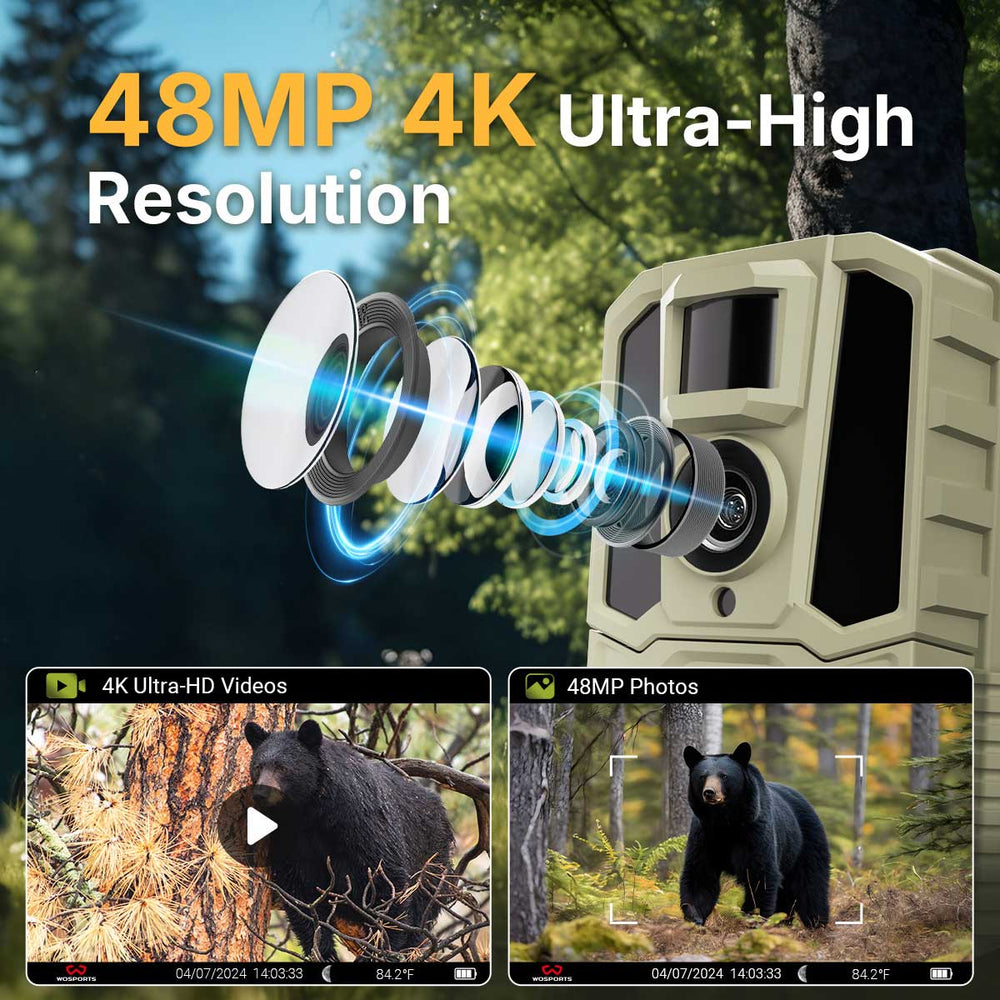How Trail Cameras Help Wildlife Enthusiasts: Tips for Getting the Best Shots
In this guide, we’ll dive into how wildlife cameras can elevate your wildlife experiences and share essential tips for getting the best shots.
What Makes Trail Cameras Essential for Wildlife Enthusiasts?
1. Monitor Wild
life Behavior
Trail cameras are excellent for tracking animals' movements and habits. Whether it’s a nocturnal predator or a shy herbivore, a well-placed trail camera can reveal their patterns without requiring hours of manual observation.
2. Non-Intrusive Observation
Unlike traditional photography, trail cameras operate remotely, reducing human disturbance in natural habitats. This means you can capture candid moments of wildlife in their natural routines.
3. Wildlife Conservation
From aiding researchers in studying endangered species to helping landowners monitor ecosystems, trail cameras contribute to conservation efforts by providing accurate and timely data.

4. Personal Enjoyment
There’s nothing quite like the thrill of reviewing your trail camera’s SD card and discovering unique wildlife shots. It’s an exciting way to connect with nature and sharpen your photography skills.
How to Choose the Right Trail Camera for Stunning Shots?
Selecting the right trail camera can make a big difference in your wildlife photography results.
Key Features to Look For:
Resolution and Image Quality: Opt for models like the H29 Trail Camera that provide high-resolution photos and videos.

Trigger Speed and Recovery Time: A faster trigger speed ensures you don’t miss fleeting moments.
Detection Range and Angle: Wide detection angles are ideal for capturing dynamic wildlife activity.
Battery Life: Choose cameras like the G300 Trail Camera, designed for extended performance in the field.
Explore Our Top Trail Cameras for Wildlife Enthusiasts!
How to Set Up Your Trail Camera
1. Select the Perfect Location
Scout your area for wildlife activity, such as trails, water sources, or feeding spots. Positioning your camera in these high-traffic zones increases your chances of capturing action.

2. Set the Right Height and Angle
Place your trail camera at the animal's eye level for more engaging shots. Adjust the angle to ensure the focus is on the desired field of view.
3. Camouflag Your Camera
Blend your trail camera with its surroundings using natural cover like leaves or bark. This prevents startling animals and protects your equipment.
4. Adjust Settings for Maximum Results
Experiment with resolution, trigger speed, and photo burst modes to suit your environment and target species.
How to Get the Best Shots of Wildlife
below are some useful tips about how to get the best photos of wildlife.
1. Understand the habits of animals
The first step is to study your target species and confirm their activity time and preferred route. Understanding the habits and activity areas of these animals will ensure that the placement of your camera is correct.
2. Use bait or decoys
Placing bait can increase the chances of capturing wildlife and taking excellent animal photos, but it must be ethical and comply with local regulations.
3. Consider weather conditions
When installing your tracking camera, please ensure that it is weather resistant and securely installed.
4. Regular maintenance
It is best to regularly check your tracking camera, clean the lens, replace the battery, and remove the storage card to keep it running smoothly.
Search
Popular Posts
Recent Posts

Nov 28, 2024
Troubleshooting Common Trail Camera Issues
Jan 10, 2025
Why Does My Trail Camera Stop Working at Night?

